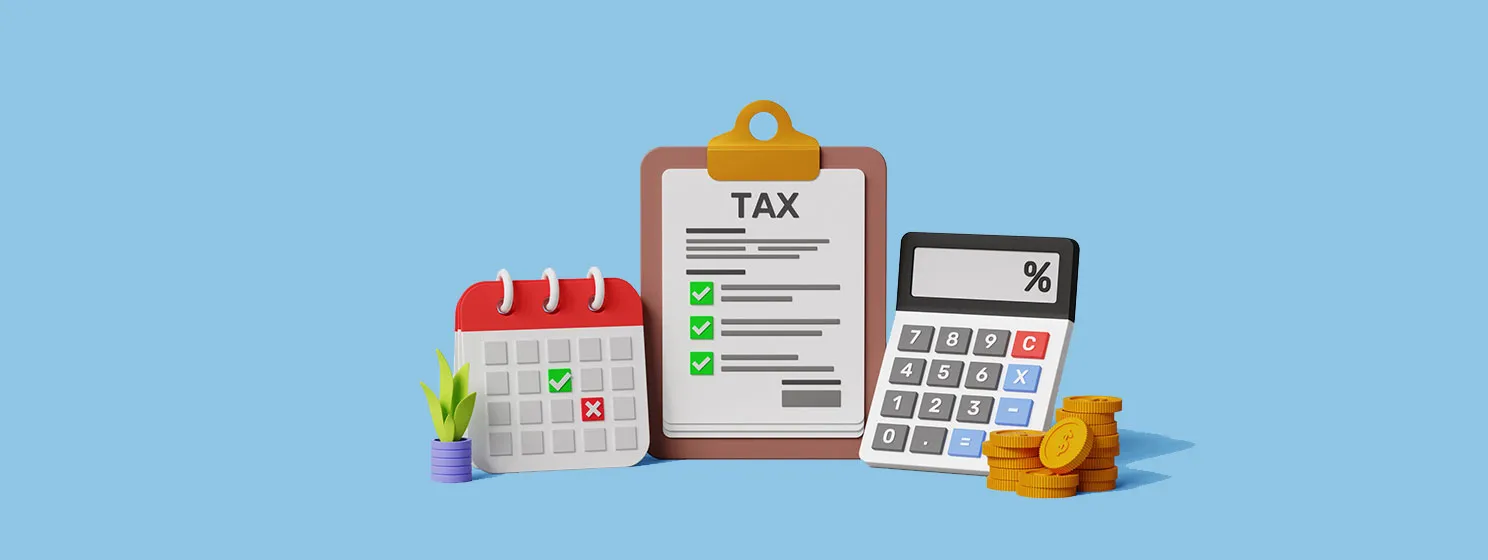|
Getting your Trinity Audio player ready...
|
In his latest blog post, “Cot Death in the Nanny State,” Dr. Craig Wright explores the effect a laissez-faire system has had in regard to the coronavirus pandemic as well as the effect that intervention has had.
Sweden is used as the paradigm in Dr. Wright’s analysis of the situation.
“When the Covid-19 outbreak first began, Sweden decided to take a more laissez-faire approach to handle the spread of the virus,” says Dr. Wright.
“In the ensuing months, for all the fear, it did not seem that Sweden suffered as badly as people had thought. Sweden was starting to believe that things would go back to normal before Christmas, and the light-handed laissez-faire approach that the government had taken was now delivering lower infection rates than the approach taken by its Nordic neighbours, many of which were seeing an upsurge in infections and hospitalisation rates.”
Although Sweden experienced an increase in their death toll shortly after they decided that laissez-faire was the best approach, the pandemic seemed to consolidate in Sweden while it continued to take its toll on neighboring countries.
“But most importantly,” says Dr. Wright, “though the Swedish economy was weaker than it had been 12 months earlier, it remained buoyant and in a better condition than the economies of nearly every other European and Nordic nation. The question we need to ask is whether the economy is worth risking lives. Did Sweden play fast and loose, or were they taking a calculated risk, weighing up the alternative costs in concluding that doing nothing could be doing more? Cui bono?”
Where does the risk go?
It’s no secret that the pandemic has taken a toll on many lives, but it has also taken a toll on the global and local economies. At the beginning of the pandemic, many small businesses were forced to close up shop immediately and although large businesses have performed better, many of their work flows have slowed due to the pandemic. So why is this the case?
According to Dr. Wright, “As we move risk away from one area, we increase it in another. Unfortunately, there is no way to control nature entirely, or to remove and mitigate all risk. Each time we move funds away from the allocation and natural equilibrium occurring within a market and society, consequences arise.“
Many governments believed that lockdowns were part of the cure, however, all lockdowns did was remove the risk from the people and place it on the world’s economic well-being. While saving a few lives in the short term, governments may have negatively impacted the economy—and even more lives—in a very negative long-lasting way.
“In an attempt to save lives, how many did we take? How many more people will die from cancer treatments that they have not had, and how many impoverished nations will be plunged into famine and later disease and possibly war because of this lockdown,” says Dr. Wright.
Dr. Wright’s latest blog post offers a unique yet objective analysis of the pandemic and the ways it has affected life and the economy in different parts of the world. Unfortunately, many countries are in the midst of a second lock-down as we write this.
To find out where the world’s economies are heading because of these lockdowns, you can read Dr. Wright’s “Cot Death in the Nanny State” to learn more.

 07-14-2025
07-14-2025 





